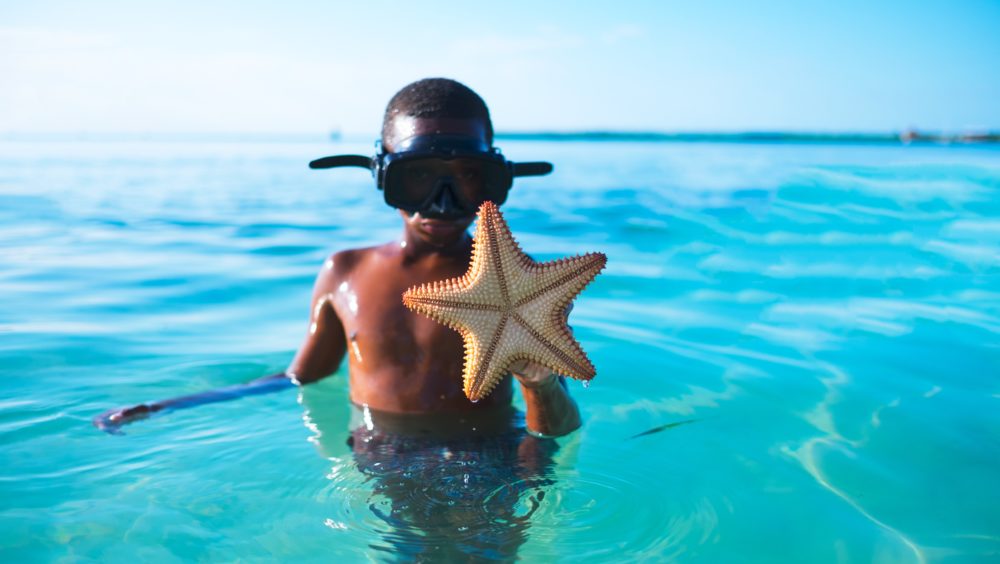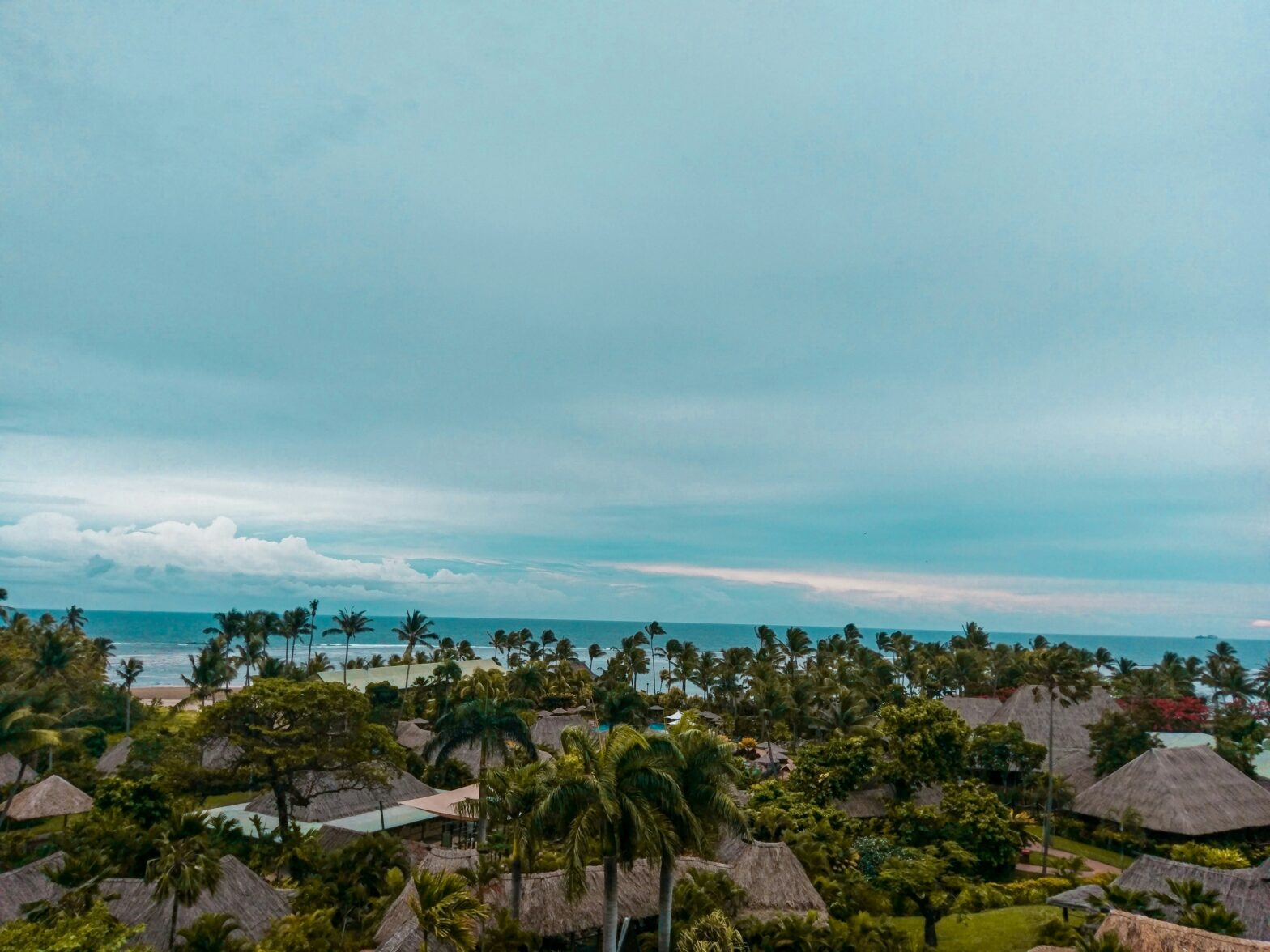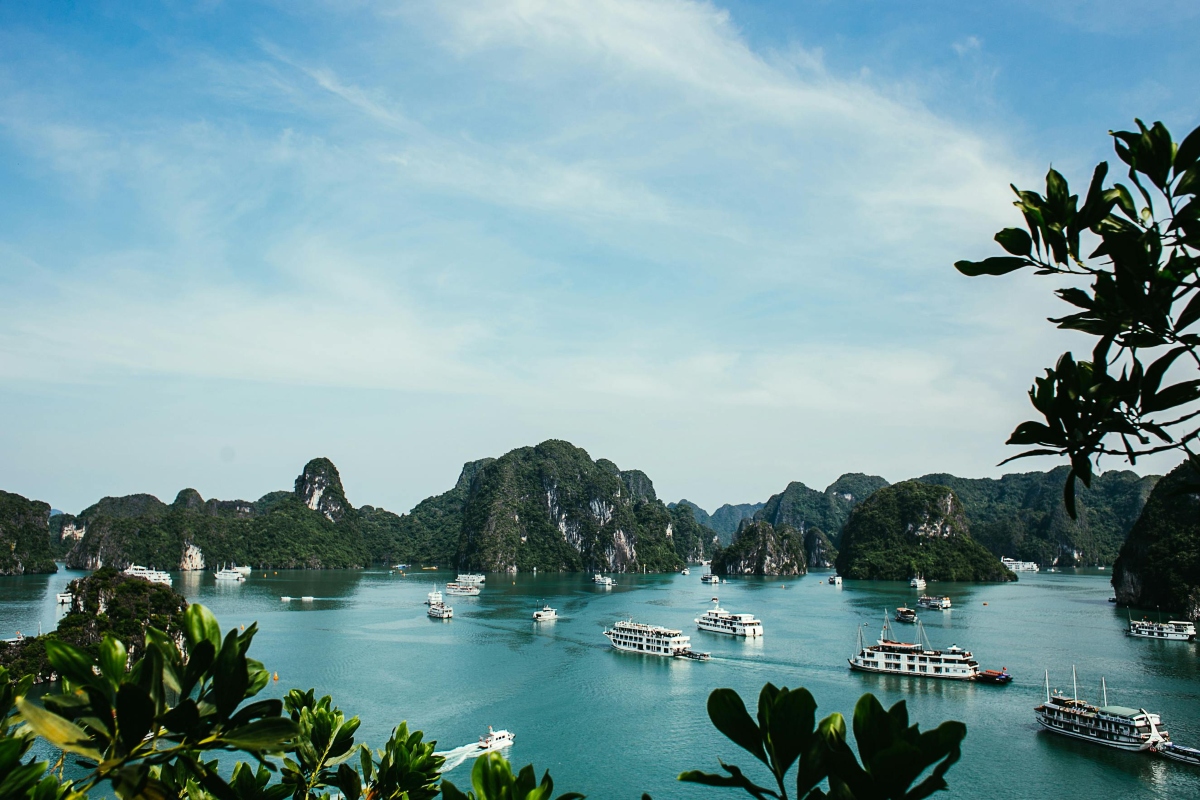With climate change quickly endangering the beauty and vitality of these underwater wonderlands, now is the time to explore these precious aquatic worlds that many scientists believe could be completely gone by the year 2050.
Ambergris Caye, Belize
Outside of Australia, Belize is home to the largest barrier reef in the world at 185 miles. Some of the best options for divers and snorkelers are found off of Ambergris Caye, where you can swim with nurse sharks, eels, rays, and all kinds of brightly colored fish. Swim through colorful coral while exploring this magical underwater world.
RELATED: Beaches In The Caribbean That You Will Have All To Yourself
The Big Island, Hawaii
People visit the islands of Hawaii from all over the world to experience its many diving and snorkeling spots, but The Big Island has the most to offer based on its size. Head to Kealakekua Bay to explore its underwater park and to see dolphins, turtles, colorful fish, and more.

Buck Island, St. Croix, USVI
The shallow, gentle waters of Buck Island are perfect for beginner snorkelers. And with three species of sea turtles, coral barrier reefs, and magnificent blue waters, you will be sure to see a mesmerizing world of underwater activities any time of day.
Galapagos Islands, Ecuador
The various islands that make up the Galapagos are home to diverse marine life—sea turtles, dolphins, orcas, humpback whales, Galapagos penguins, fur seals, and sea lions. For those seeking a bit more adventure, head to Devil’s Crown, the sunken cone of a volcano near Floreana Island, for a swim with moray eels and more.

RELATED: The 10 Most Beautiful Beaches On The West Coast
Great Barrier Reef, Australia
When talking about the best snorkeling spots in the world,
you can’t skip out on the Great Barrier Reef in Australia – the largest coral
reef ecosystem in the world. If you are looking for a good place to start, try
Whitsunday Islands off the shore of Queensland before making your way through
the 2,900 individual reefs that stretch over 1,400 miles off the Australian
shoreline.





